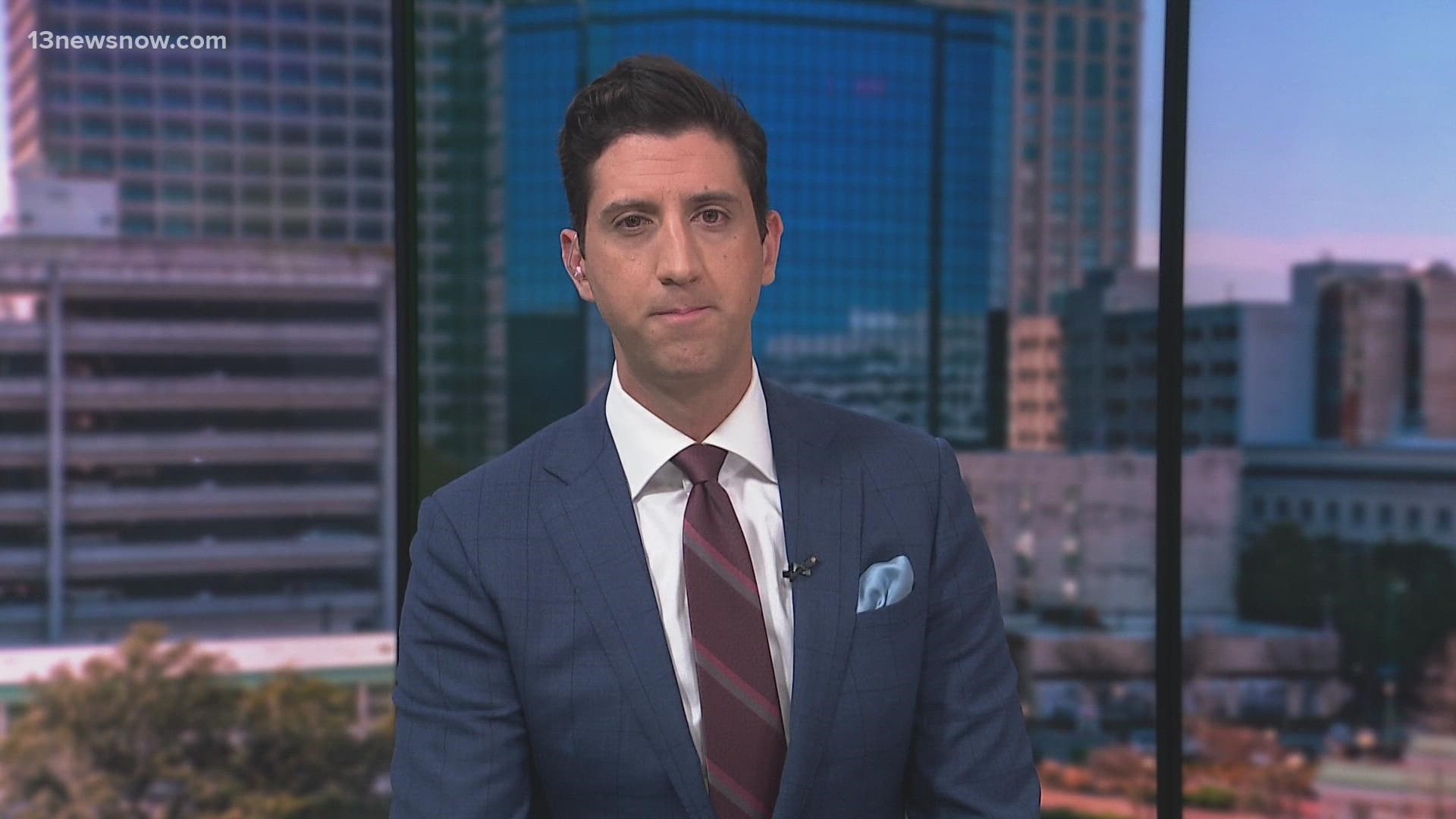NORFOLK, Va. — The Chesapeake Bay and its tidal tributaries had over 67,000 acres of underwater grasses in 2021, a nearly 9% growth from 2020, but around 38% lower than its all-time recorded high in 2018.
The grasses are critical for the bay's ecosystem. They keep the water clean and provide food and habitat for aquatic life, but they're threatened by changing climate conditions and pollution, particularly that from nutrients and sediment.
The results show there's more work to be done when it comes to reducing pollution in the bay, according to the Chesapeake Bay Foundation (CBF), a leading organization for bay restoration.
"Reducing pollution is the key to restoring Bay grasses and other critical habitat," Beth McGee, CBF director of science and agricultural policy, said in a statement. "While progress has been made, the challenges of climate change, and pollution from agriculture and development continue to threaten the Bay’s health."
The estimated 67,470 acres of underwater grasses measured in 2021 achieves 37% of the Chesapeake Bay Program's restoration goal of 185,000 acres (the program is a regional partnership, different from the foundation).
For comparison, the program estimated there was up to 108,070 acres of underwater grasses in 2018, the highest amount since monitoring began in the mid-1980s.
The program said it's likely more grasses grew last year than the mapping suggested, but poor weather conditions prevented researchers from collecting information in certain places.
The 2021 increase was largely due to widgeon grass growth in the saltiest part of the bay. But that type of grass fluctuates year-to-year depending on the weather and changes in water quality.
In response to the results, the Chesapeake Bay Foundation called on the bay's watershed jurisdictions (Delaware, Maryland, New York, Pennsylvania, Virginia and West Virginia and the District of Columbia) to accelerate efforts to cut back on pollution.
"With a deadline to meet pollution reduction commitments by 2025, all Bay jurisdictions need to do more," McGee said. "It is EPA’s responsibility to ensure that all jurisdictions meet the commitments that have been made."
The Chesapeake Bay Foundation also said it wants the U.S. Department of Agriculture to provide additional funding to implement agricultural conservation practices that will reduce polluted runoff into the bay.

